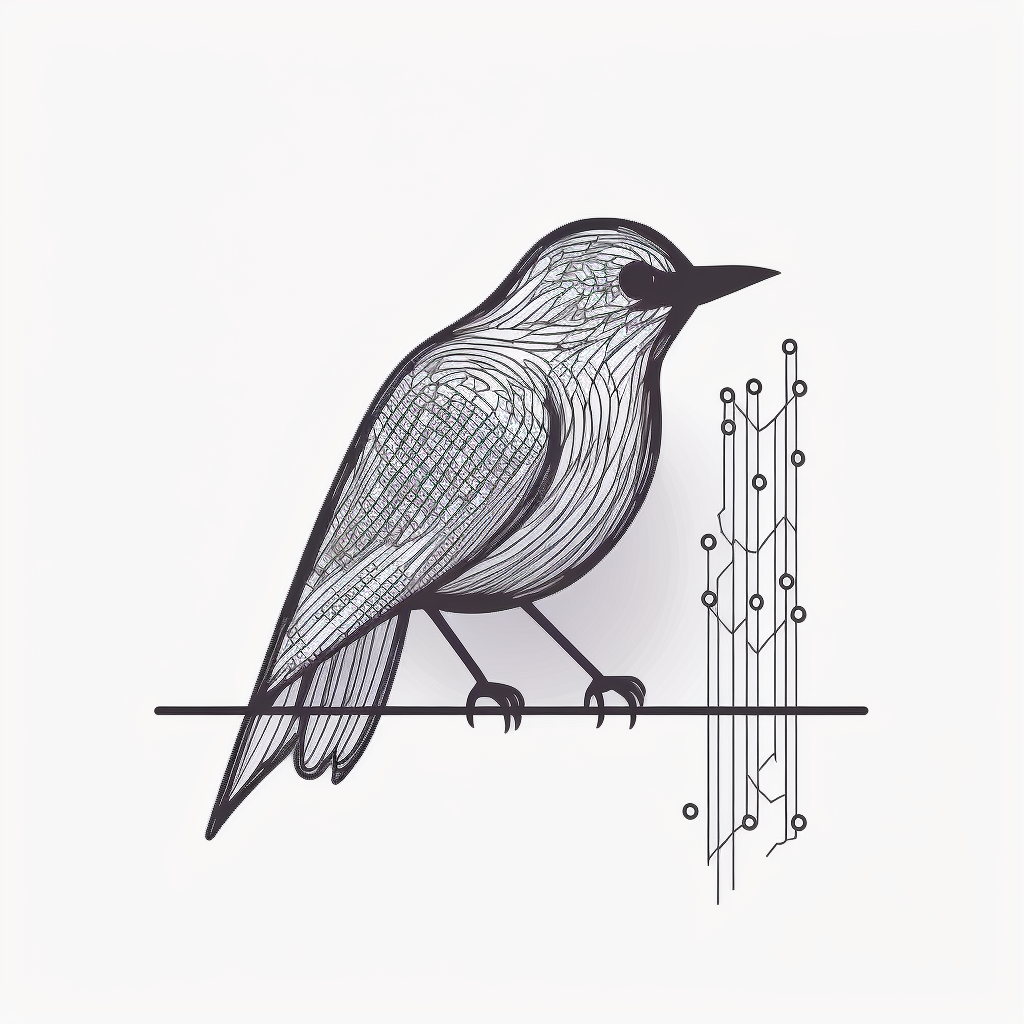34
Chris Bissette on cohost
cohost.orgI recently had a conversation with someone in which they claimed that random encounters/wandering monsters are functionally the same as quantum ogres. This is patiently absurd but I'm going to address it anyway because I'm bored and that's what blogs are for.
The first and most obvious way in which a random encounter is not the same as a quantum ogre, and the way that I'm going to skip over really fast, is that players have no control in a quantum ogre situation. Whatever they do, whatever decisions they make, they're going to meet that ogre. This is not true if random encounters. Checks are random anyway - it's in the name, it's usually a 1-in-6 chance of an encounter, nobody knows it's going to happen - but players can take steps to reduce the frequency of checks being rolled in the first place, thereby reducing their chances of having an encounter. Players know that making noise, lingering in one place for too long, and shedding too much light are all things they might trigger checks. You have the option to simply not do those things.
But let's get to the real meat of it. Let's assume that, whatever happens, an encounter is going to take place. In the event of a quantum ogre, we have just the one encounter thats going to happen no matter what - the titular ogre.
What about with random encounters? At its most basic, we're rolling on a table of encounters with multiple results. The smallest functional encounter table you can write - and honestly, the only size you need to bother writing in most situations - has three encounters on it. We have a common encounter, an uncommon encounter, and a rare encounter. It looks something like this:
1d6Encounter1-3.2d6 goblins hunting bears.4-5.An injured bear.6.Roland, King of the Bears, with 1d6 armoured bear retainers, hunting goblins.
At its most basic level, that's three potential encounters versus the quantum ogre's single encounter. But even that isn't the whole story. 2d6 goblins is a very different encounter when there are twelve goblins versus just two. We could make the argument there that this single entry provides eleven different potential encounters. I'm not going to go that far, because two goblins is largely the same as three goblins, but I'll say that it gives us at least three encounters: a few goblins, a handful of goblins, and many goblins.
Similarly, the final encounter gives us "some bears" or "lots of bears". I think we can comfortably say that just this encounter table can provide six very different encounters at a minimum.
But we're not done. When we roll an encounter we also roll for encounter distance. Let's simplify this and just say that we either encounter these creatures immediately, encounter them at a close distance where we see each other, or we simply hear them passing beyond the range of our lights. That's three options to combine with our previous six options, turning six encounters into eighteen potential encounters.
Then we layer surprise on top of things. Our options:
* We surprise the encountered creatures
* The encountered creatures surprise us
* Nobody is surprised
Our eighteen potential encounters become fifty four encounters.
Then we layer reaction rolls on top of things. An immediately hostile band of six armoured bears and their king is very different to a friendly bear king and his sole retainer. There are many different reaction tables, with varying granularity of results. For ease of maths I'm going to use my personal favourite and the one that I see used the most often, which is the Holmes reaction table:
2d6Reaction2.Immediate attack3-5.Hostile, potential attack6-8.Uncertain9-11.No attack, monster leaves or considers offers12.Enthusiastic friendship
We've got five potential results here. Layer them onto our fifty four potential encounters and we suddenly have two hundred and seventy potential encounters coming out of a simple three entry encounter table.
I won't labour the point beyond that. A simple encounter table combined with Surprise/Reactions/Distance is an incredibly powerful tool, and any argument that it's functionally the same as placing a monster in front of the group and saying "fight" no matter what they do is frankly ridiculous.


Literally every single time I have presented my players with an unaccompanied child who’s asking for help, they’ve believed it to be some treacherous magical creature or illusion designed to lure them into some horrible trap.
It’s never been those things. It’s always just been a lost child. But every time, without fail, they spring to their guard, they start detecting magic, all kinds of things. I honestly have no idea where they got the idea that that’s what lost children mean.